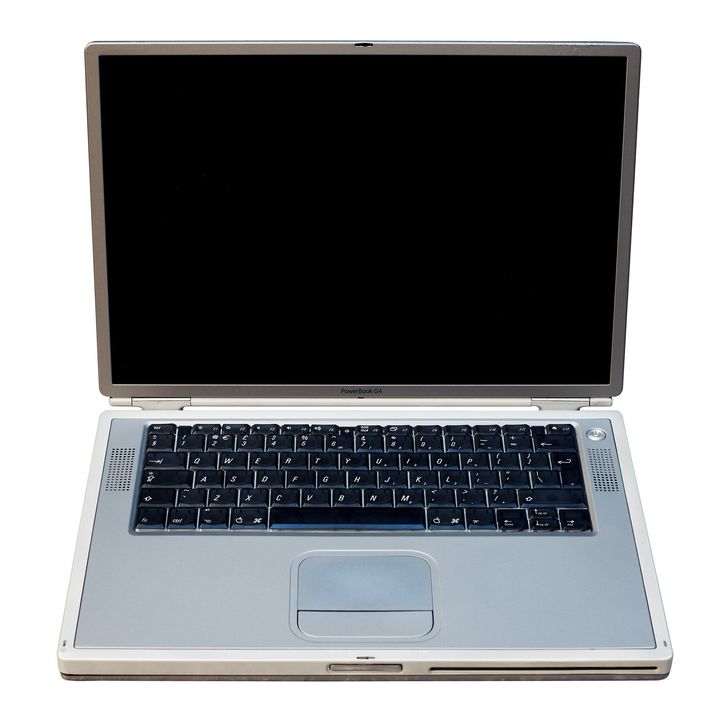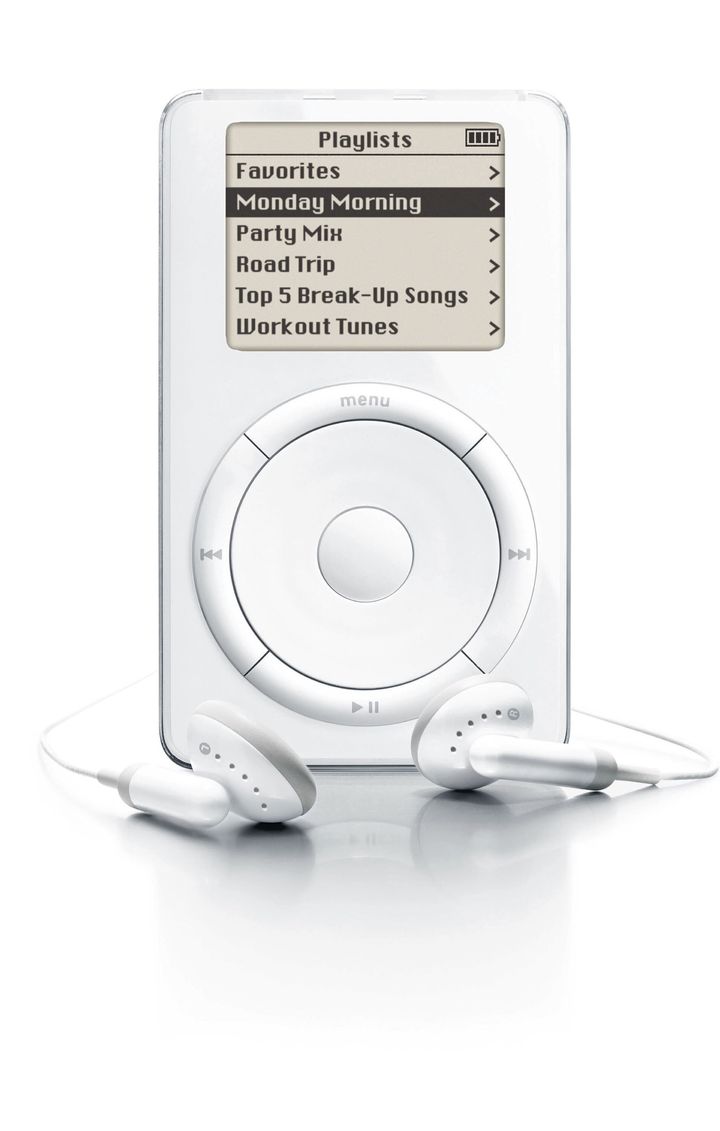Apple has announced the departure of its key designer, Sir Jonathan Ive, a close creative collaborator with company co-founder Steve Jobs, whose iPhone and other designs fuelled Apple’s rise to a $1tn (£789bn) company.
Ive spent nearly three decades at Apple, leading the design of the candy-coloured iMacs that helped a re-emergence from near commercial death in the 1990s to the iPhone, regarded by some experts as one of the most successful consumer products of all time.
The award-winning Briton is leaving the iPhone maker to set up his own company, but won’t sever ties completely.
Here are five times he transformed the tech world (and one time he didn’t)...
The iMac G3
In 1997, Ive became Apple’s senior vice president of industrial design and began to really make his mark on both the company and the tech world.
His first major success came a year later with the iMac G3 which gained plaudits for its innovative all-in-one build and eye-catching colour schemes.

The Powerbook G4
In 2001, if you wanted to buy a laptop you basically had to choose between a clunky block of plastic from one company, or a clunky block of plastic from another.
Into this uninspiring consumer landscape, Ive dropped the Powerbook G4, a sleek, minimalist metallic design inspired by the craft of metal-workers he had observed while on a trip to Japan.

The Powerbook G4 would lay the groundwork for the MacBooks of the years to come with even today’s models, nearly 20 years later, closely following their design.
The iPod
In 2001, Apple’s stratospheric success that we know today was far from certain. As data storage vices became small enough to hold and MP3 recordings took off, there were a number of technology companies vying for the portable music player market (Creative Zen Touch anyone?).
But Apple’s iPod with its sleek design and innovative touchwheel ended up ruling them all and went on to sell nearly 400 million units in its various guises.

The iPhone
Ive creation number four is the behemoth of the tech-consumer world, the iPhone.
First launched in 2007, the iPhone practically invented the smartphone, eliminating buttons in favour of a touch screen that actually worked.
Here’s a throwback video from PocketNow, if you’re feeling wistful.
There have since been 21 models of the iPhone over 12 generations, and while they may have been criticised in more recent years for not innovating enough, all in all the device has set the pace while other manufacturers have just tried to keep up.
It was the iPhone that was largely responsible for Apple’s success, making it today one of the most valuable companies in the world and the first to surpass the trillion-dollar value mark.
As of November last year, over 2 billion iPhones had been sold.
iOS 7
Turn your phone on and look at the homescreen – even if it’s not an iPhone, it owes its appearance to iOS 7.
Apple was left in a bit of a quandary in 2012, after the embarrassing failure of Apple Maps. Supposed to rival Google Maps, its release was hit by a series of gaffes that prompted an apology from Tim Cook.
The man who designed it was head of software Scott Forstall, who was promptly fired. Ive took his place and set about making iOS his own.
The radical overhaul in 2012 set the standard for operating systems, with its aggressively flat and simplistic appearance.
Ive was so chuffed with it he broke with tradition and appeared in the video to announce it, saying: ”[Simplicity is] about bringing order to complexity. iOS 7 is a clear representation of these goals.”
And Finally... The Newton
It wasn’t all runaway successes at Apple - Ive’s first job was the ill-fated Apple Newton, a personal digital assistant that was plagued with problems.
It’s handwriting recognition system was so inaccurate that The Simpsons dedicated a small segment of a show to panning it.
